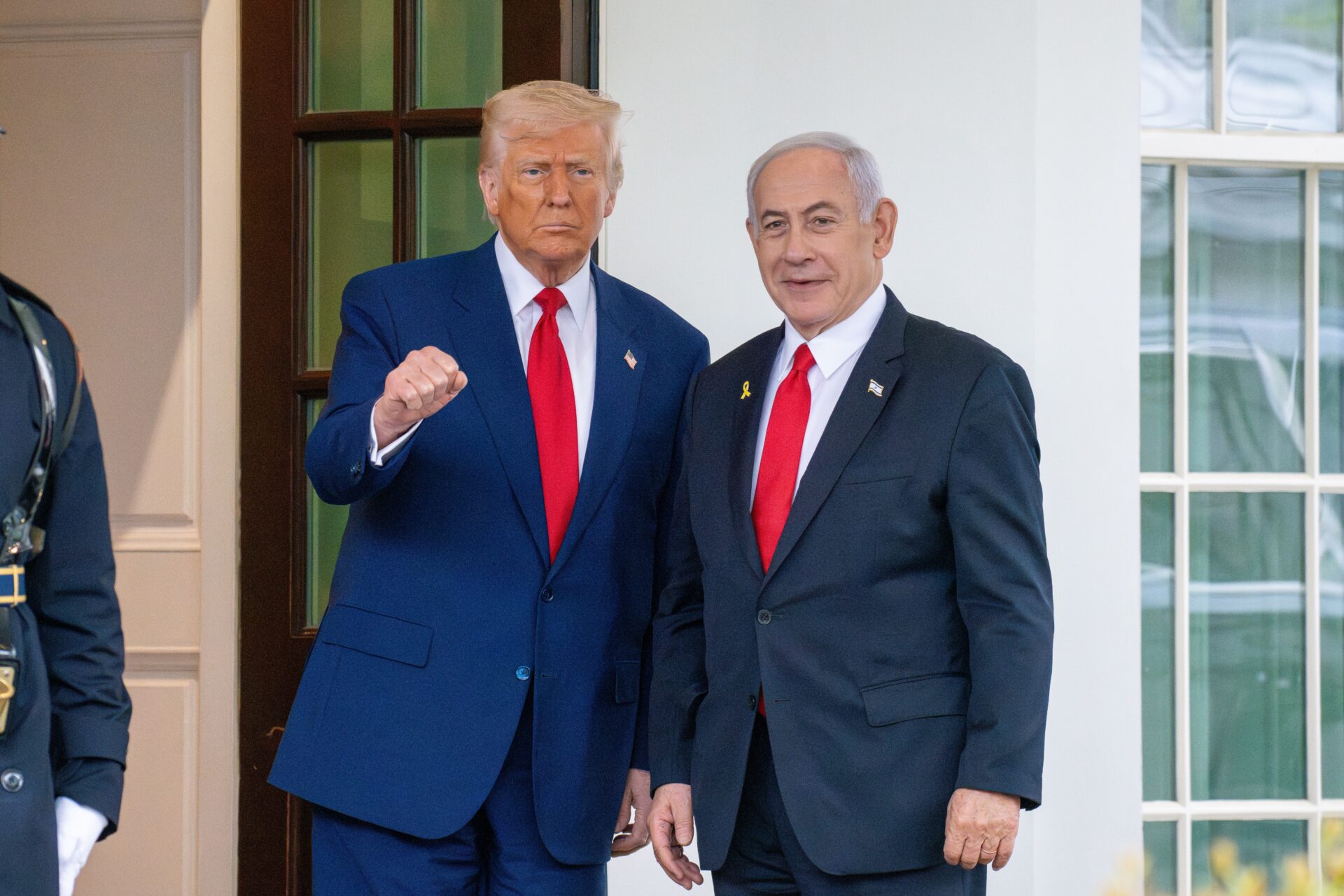
One Target Survives – Will U.S. JOIN?
Israel’s campaign against Iran’s nuclear facilities has strategically crippled several sites, but the heavily fortified Fordow facility remains untouched, presenting a critical challenge to completely halting Iran’s nuclear ambitions.
At a Glance
- Israel launched a massive air campaign on June 12, 2025, targeting Iran’s nuclear facilities and killing five senior nuclear scientists
- The Fordow facility, buried deep within a mountain, remains undamaged and continues to house thousands of uranium-enriching centrifuges
- Israel lacks the weapons necessary to destroy Fordow without U.S. assistance, creating a strategic dilemma
- The Israeli operation is planned as a weeks-long campaign to force Iran into negotiations or incapacitate its nuclear program
- Iran has retaliated with missile attacks on Israel and appointed new military leaders to replace those killed in the strikes
Israel’s Strategic Air Campaign Against Iran
On June 12, 2025, Israel launched a significant air campaign targeting Iran’s nuclear facilities, military leadership, and infrastructure. The operation struck several key sites including Natanz and Esfahan nuclear facilities, while also eliminating five senior Iranian nuclear scientists. Reports indicate that IRGC Quds Force Commander Brigadier General Esmail Ghaani was among those killed. The strikes also targeted Iranian missile bases in Kermanshah and multiple areas in Tehran Province, demonstrating Israel’s commitment to degrading Iran’s nuclear and military capabilities.
The campaign is reportedly planned to continue for several weeks, with Israeli officials stating their intention to “degrade, destroy, and remove [the] threat” posed by Iran’s nuclear program. Initial targets included Iranian air defenses, missile sites, and command structures, systematically dismantling Iran’s defense capabilities. This comprehensive approach appears designed to either force Iran into serious negotiations or significantly damage its ability to develop nuclear weapons.
The Fordow Challenge: A Mountain Fortress
Despite Israel’s extensive strikes, one crucial facility remains intact: the Fordow nuclear site. Built deep within a mountain, this hardened facility houses thousands of centrifuges used to enrich uranium to weapons-grade levels. High-resolution satellite images confirm that Fordow’s primary buildings show no damage from the recent Israeli attacks. This underground fortress presents an extraordinary challenge, as conventional weapons cannot penetrate its mountain protection. Israeli Ambassador to the U.S., Yechiel Leiter, emphasized the critical nature of this target.
“The entire operation… really has to be completed with the elimination of Fordow”, stated Israeli Ambassador to the U.S. Yechiel Leiter.
Military analysts note that Israel lacks the specialized “bunker buster” weapons necessary to destroy Fordow independently. The facility’s mountain protection provides approximately 300 feet of rock cover, requiring specialized munitions that can penetrate this depth before detonating. Israel may attempt alternative strategies, including repeatedly bombing the same location to gradually penetrate the mountain or conducting special forces operations, though both approaches carry significant risks and operational challenges.
🚨🇮🇱🇮🇷 BREAKING: ISRAEL TARGETS IRAN’S NUCLEAR CORE—HERE’S THE MAP
Israel has launched preemptive strikes on Iran’s nuclear program.
A map released by the Foundation for Defense of Democracies Iran highlights critical nuclear sites reportedly in the crosshairs.
Tehran hosts… https://t.co/afispedoOa pic.twitter.com/XyGlV7txUF
— Mario Nawfal (@MarioNawfal) June 13, 2025
Regional Implications and Response
Iran has responded to Israel’s strikes with a two-wave ballistic missile attack, though Israeli defense systems limited their impact. Iran’s Supreme Leader and President have vowed further retaliation and have appointed new military leaders to replace those killed in the Israeli strikes. Notably, Iran’s regional proxy forces, collectively known as the “Axis of Resistance,” have shown limited response thus far, with only the Houthis in Yemen launching attacks in solidarity with Iran. This muted response suggests these groups may have been weakened by previous conflicts.
U.S. President Donald Trump warned Iran of “even more brutal” consequences if it fails to engage in nuclear talks, leading Iran to withdraw from negotiations altogether. The U.S. Navy has deployed the USS Thomas Hudner to the eastern Mediterranean to support Israeli defenses, indicating American commitment to regional stability while maintaining strategic options. However, there are conflicting reports about potential U.S. involvement in any operation against Fordow, with Israeli sources suggesting possible cooperation while White House officials deny such plans.
The Strategic Dilemma
Israeli Prime Minister Benjamin Netanyahu has consistently framed Iran’s nuclear program as an existential threat to Israel’s survival. With major strikes already executed against other nuclear facilities, Fordow now represents the final significant obstacle to completely disrupting Iran’s nuclear weapons capability. The facility’s continued operation creates a strategic dilemma for Israel: risk a potentially unsuccessful independent operation against a deeply fortified target, or seek American assistance which may come with political constraints.
Military experts suggest that without completely neutralizing Fordow, Iran could reconstitute its nuclear program relatively quickly once the immediate crisis subsides. This reality places immense pressure on Israeli decision-makers to find a solution to the Fordow problem, even as regional tensions escalate and the risk of a broader conflict grows. With no signs of diplomatic breakthroughs and Iran’s leadership defiant, the coming weeks will likely determine whether Israel can complete its mission to fully degrade Iran’s nuclear capabilities.
The big issue is not just Iran’s nuclear program; it’s the survival of the Iranian regime. Limited strikes will aim to disable parts of Tehran's nuke project. Full-scale assault will aim to ultimately topple the regime. Israel would love to achieve option 2, but it’s harder. https://t.co/JC7hXiVduD
— Israel Radar (@IsraelRadar_com) June 12, 2025


